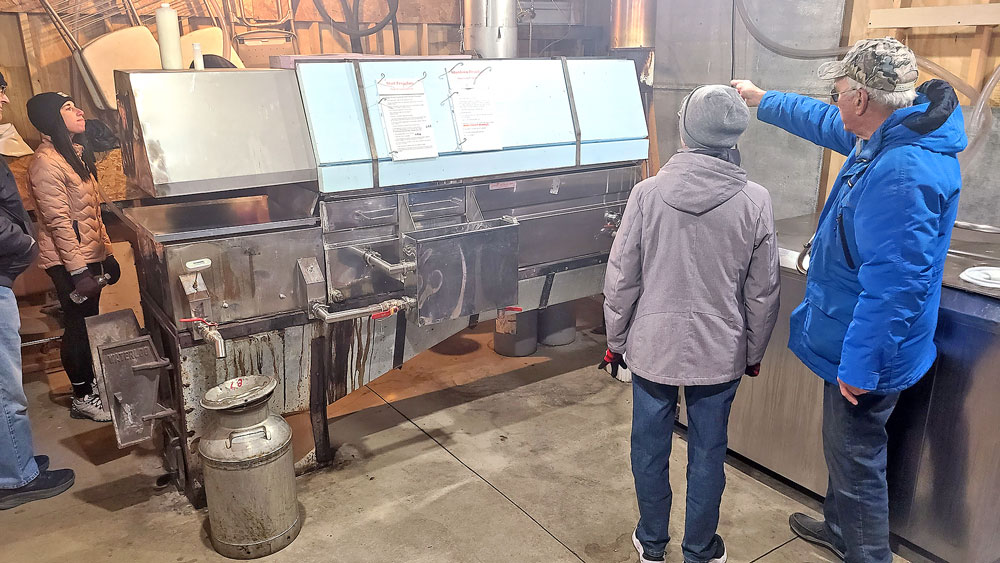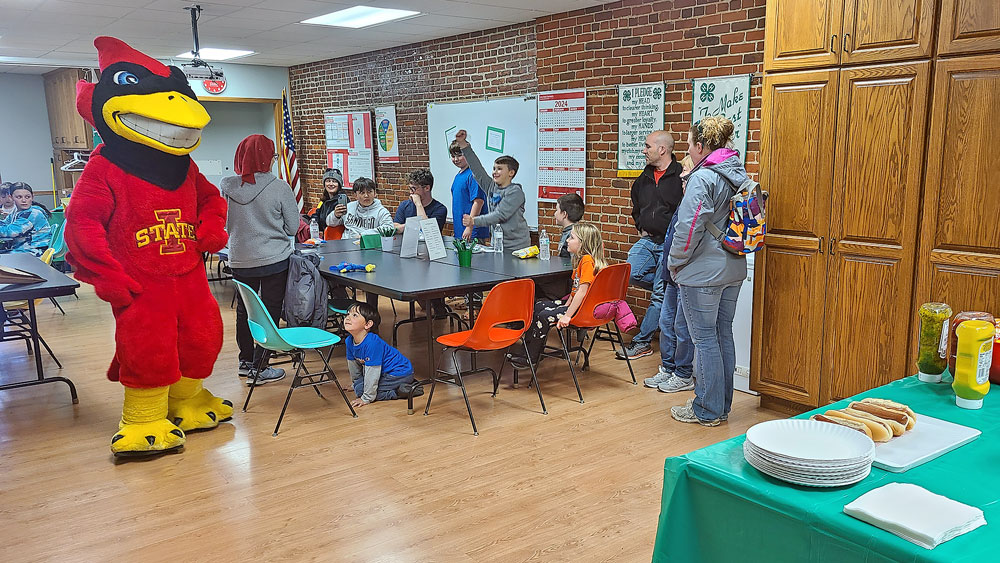Addition of thermal imaging camera a valuable asset to Floyd County
By Kelly Terpstra, kterpstra@charlescitypress.com
Surveillance, search and rescue and battling a blaze.
Those are just some of the benefits that a drone-mounted new thermal imaging camera puts at Floyd County’s disposal.
The Zenmuse XT thermal and infrared camera, coupled with the county’s DJI Inspire 1 drone, will soon allow nighttime vision capability from several hundred feet up in the air or to within inches of an object.
“If it saves one life, it’s done its job,” said Lezlie Weber, Floyd County emergency management director.
The camera features thermal imaging, which detects temperature differences and has the effect of being able to see in the dark, or quickly spotting warm objects such as people or animals.
The new tool arrived just last week, and upon approval of an FAA waiver to fly the drone at night — which Weber said she will apply for soon — Charles City and surrounding communities will have an additional eye in the sky if problems arise.
Weber said her department and Floyd County will have four main uses for the thermal camera: search and rescue operations, fire safety, law enforcement and helping out with Floyd County Conservation.
“The main purpose I got it for was for searching for missing people,” said Weber. “That’s going to be its biggest benefit to us.”
Weber said the thermal camera could have proved invaluable in the missing person’s case of 76-year-old Cloris Mehmen, an elderly woman with dementia who was reported missing in the summer of 2016 near Plainfield. Mehmen’s body was found two months after she went missing, in a cornfield only a half mile from her home.
“This could have really helped in Plainfield,” said Weber.
Such equipment is becoming more common as the price of drones and cameras continues to drop and capabilities increase, she said.
Weber said the FLIR (forward-looking infrared) camera cost just over $6,000.
“The drones are becoming more and more standard. A lot of counties are having them,” said Weber. “The FLIR’s — not so much. The closest one I know of is over in Decorah.”
The wide net that the cameras can cast is an added bonus when the sun goes down and law enforcement’s chances at locating a missing or wanted person diminish because of lack of light.
“Our search efforts basically quit at nightfall. When the sun goes down our search efforts are basically done because we can’t see anymore,” said Weber. “But with the FLIR camera, that opens up more nighttime and it gives us less people out there, but a higher chance of finding them — more hours to be searching.”
Bordering counties or communities within the state can request the assistance of the drone and thermal camera to assist in any endeavor that can remedy a situation, help solve a crime or help find someone or something that is lost, Weber said.
“I am the first one of the local area to get the thermal,” said Weber. “All counties in the state can request us as EMA’s. If it’s a big enough event and they need more drones, or whatnot, they can request it.”
Right now there are four people certified to fly the drone in Floyd County: Weber, Floyd County Sheriff deputies Chad Weber and Travis Bartz, as well as Floyd County Naturalist Heidi Reams.
By adjusting the settings, the camera can also be used during the day for such things as security, surveying large areas of land, power line inspections, or for use in agriculture. There are also features on the camera that allow the user to pick specific heat temperatures to detect objects.
Reams and Floyd County Conservation can utilize it to track wildlife and keep head counts on deer or any number of species of animals. It also gives the county access to view areas that can only be seen from the particular vantage point that the drone allows.
The drone-mounted camera can record photographs and video, and transmits a live video feed back to the operator.
There are some barriers to using a thermal imaging camera.
A prime example is if a person went missing in a cornfield on a hot summer day and the thermal camera was used to try to locate that individual. The warmth of the corn could obscure or alter the image because of the heat radiating off the stalks of corn, as well as the actual person.
“So all you’re going to see is a big blob of heat for the whole cornfield,” said Weber.
The county does have a regular video camera to use with the drone as well.
Before the new FLIR camera arrived, the county used a loaner camera for about a month and trained on that device.
“There’s just a lot of added benefits to it. For law enforcement, it could be down to safety,” said Weber.









Social Share